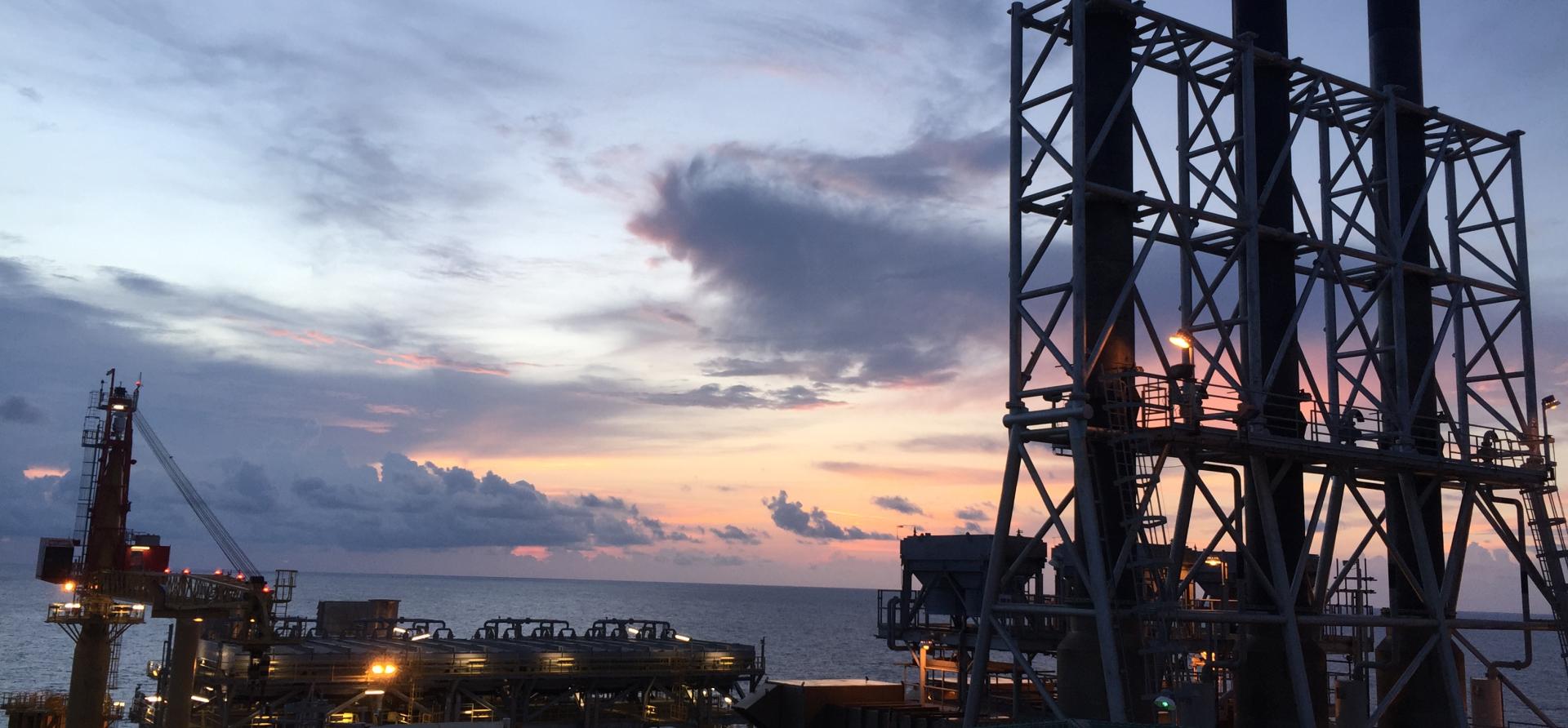San Miguel Global Power: Fossil fuel-oriented growth strategy raises financial red flags
Download Full Report
View Press Release

Key Findings
San Miguel Global Power Holdings Corporation (SMGPH) is rapidly expanding coal and natural gas-fired power capacity in the Philippines, despite the clear financial risks caused by its overexposure to volatile fossil fuel prices.
SMGPH’s shift from coal to liquefied natural gas (LNG) is likely to exacerbate financial issues, not alleviate them.
The company’s near-term liquidity crunch could evolve into a longer-term funding shortfall from 2024 to 2026.
IEEFA believes that an immediate, material pivot to low-cost, domestic renewable energy is the best hedge against exposure to imported fossil fuels and the best way to position the company within the Philippines’ rapidly accelerating energy transition.
Executive Summary
San Miguel Global Power Holdings Corporation (SMGPH) — formerly SMC Global Power Holdings Corp. — is the largest power producer in the Philippines, with plans to rapidly expand its generation portfolio over the next decade.
However, the Institute for Energy Economics and Financial Analysis (IEEFA) has found that SMGPH’s exposure to global fossil fuel prices has weighed negatively on its financial position in recent years, highlighting risks to the company’s expansion strategy focused largely on new coal and natural gas-fired power plants.
SMGPH aims to complete 1,900 megawatts (MW) of new coal capacity by 2025 while pursuing large-scale, strip coal mining operations in the Philippines. IEEFA found that the company still owns more than 60% of total coal capacity under development in the Philippines. SMGPH also plans to diversify from coal by building more than 10,000MW of natural gas-fired power plants, making it one of the largest developers of gas-fired power plants in Southeast Asia.
Meanwhile, San Miguel Corporation (SMC), 100% owner of SMGPH and one of the Philippines’ largest conglomerates, declared a 2050 net-zero target in June 2023.
SMGPH does not own any operational wind or solar assets, despite a goal set in 2018 to complete 10 gigawatts (GW) of renewables capacity by 2028. The company aims to complete 800MW of solar and 1,000MW/1,000 megawatt-hour (MWh) of battery storage projects over the next three years. As a result of its ambitious expansion plans, the company’s capital expenditures have risen dramatically, funded by increased loans, bonds and issuances of perpetual securities.
In IEEFA’s view, the company’s development strategy — weighted heavily in favor of fossil fuel projects — raises financial red flags. Global commodity prices have skyrocketed over the past three years, driven higher by Russia’s invasion of Ukraine. In turn, SMGPH’s heavy reliance on imported coal has had a negative impact on various financial metrics, including profitability, liquidity, cash flow coverage and its ability to repay rising debt. Based on these factors, the data indicates the company underperformed its largest domestic peers in the 2022 financial year.
In the first half of FY2023, SMGPH’s financials showed improvement due largely to lower commodity prices. However, underlying liquidity issues still point to difficulties covering debt, interest and capital distributions for perpetual securities holders.
Moreover, the company’s transition from coal to liquefied natural gas (LNG) is likely to exacerbate financial issues rather than alleviate them. SMGPH began importing LNG in April 2023, and has large LNG-to-power plants under development. However, imported LNG is significantly more expensive and volatile than coal, and global gas markets are undergoing a major geopolitical reshuffle. Higher, less stable fuel costs may increase financial risks to SMGPH, especially if the company cannot fully pass through power generation costs to end users.
Volatility in fossil fuel prices has already resulted in numerous legal disputes involving the company’s power offtake contracts. Without new long-term contracts, the company’s existing and proposed gas-fired power plants may be exposed to competitive pressures in the country’s wholesale power market, where the expansion of low-marginal-cost renewables threatens the utilization of more expensive fossil fuel power plants.
Risks are growing to the company’s legacy business model focused on acquisition and construction of baseload, fossil fuel power plants — evidenced by its financial performance in recent years.
SMGPH’s investors should tread cautiously. The company’s elevated net debt-to-earnings, potential difficulties meeting financial obligations, high non-call risk for its sizable U.S. dollar-denominated perpetual securities, and mounting challenges in securing favorable funding terms due to high fossil fuel exposure create additional risk of devaluation, particularly in the long term. While the backing of parent company SMC offers some comfort, SMC’s own elevated debt and business uncertainties will be critical to monitor when assessing financial risks to SMGPH.
The company’s strategic options to address financial risks in the near to medium term are limited due to its ongoing fossil fuel expansion. However, IEEFA believes that an immediate, material pivot toward low-cost, domestic renewable energy represents the best hedge against exposure to imported fossil fuels. By reducing fossil fuel expansion plans and expediting renewable energy projects, the company could best position itself within the Philippines’ rapidly accelerating energy transition. Without a change in strategy away from dependence on volatile fossil fuels, the company may increasingly find itself locked into financial instability.
















